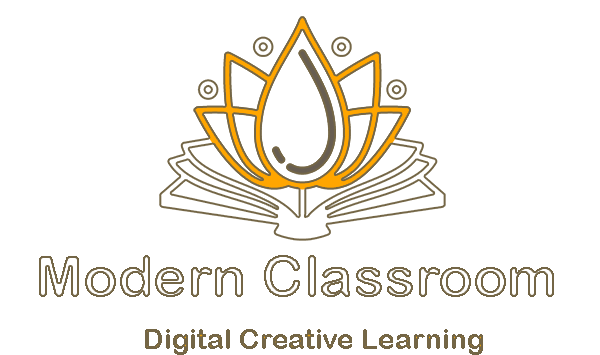Table of Contents
Stages of Teaching handwriting in the Foundation Phase
Pre – writing: Writing Readiness and Emergent Writing
Perceptual abilities:
Need Help?
[quform id="1" name="Schools Form"]This is the ability of the brain to give meaning to information send to it by means of the five senses. The eye for example sees an object (letter), but the brain tells what it is. Visual Perception is important in writing, drawing, copying, tracing, cutting, pasting etc. During visual perception the brain interprets stimuli through the eyes.
Visual Discrimination:
This is the ability to see differences and similarities and to recognise the difference between for example a b and a d , p and b and 6 and 9
Example: Match pictures that are the same

Visual Memory:
It is the ability to remember what the eyes have seen. This is when the child cannot remember how to copy the letter or drawing he has seen on the board. Young learners often find difficulty in copying from the chalkboard as their eyes need time to refocus from the board to the page in front of them and their short – term visual memory is not well developed.
Example:
- Show 4 objects and remove one
- Draw a shape or form on a board then close the board and learners must copy the shape
- Put objects e.g. fruit on a table, close with a cloth and learners must name the fruit.
Visual Sequencing :
Sequencing means arranging pictures or symbols in such a way that they form a story or pattern. In Grade R the learner will be expected to be able to select, classify, and correctly place pictures in a sequence. In Grades 1,2 and 3 he will place letters in order in a word.
EXAMPLES : copy pegs, copy blocks, order of objects, re-draw a pattern

Visual motor co-ordination:
This enables the child to carry out movements with the body or parts of the body – all movements with the body or with parts of the body is guided by vision e. g:
- swinging balls
- swing ball (bat & ball)
- ball games
- flip and catch beanbags
- move cars
- marble runs
Gross motor movements will develop, strengthen and stabilize shoulders and arms which allow the hands to move more effectively e.g. play catch with both hands – using balls of different sizes, swinging on playground equipment etc.
Fine motor Skills
The school beginner must have sufficient control and co-ordination of the small muscles of the body to be able to manipulate small objects and to handle writing materials. In the classroom the learner is expected to perform a number of accurate tasks with his fingers and hands. A small child needs plenty of practice to develop the small muscles of his hands so that he will not find it difficult to use a pencil or write letters and numerals.
Example:
- Play with pickup sticks
- Pinch clothe pegs to the side of a box, piece of cardboard or line
- Tie shoe laces / buttons / zips / hooks etc
- Screw and unscrew small lids, nuts and bolts
- Clay model – roll small balls of clay between fingertips, knead, poke, roll the play dough or clay
Threading
Threading is done around meat and vegetable containers, or around paper. First draw a picture on the paper and then the learners can thread around it.
Noodles, straws, corks, seeds, buttons, shredded polystyrene (packaging material) or beads can be threaded on wool, string, gut, etc.
Drawing
By drawing, the young child gives expression to his or her thoughts. Drawing is also a precursor and pre-skill to writing. The teacher’s role in this regard is to attend to the correct pencil grip.
Did You See These?
- Grade R CAPS Daily Programme (Timetable)
- Grade R Assessment Checklist Sheet for CAPS
- English HL Grade 2 Annual Teaching Plan (ATP) for 2023
- Grade R Report Template South Africa
- English HL Grade 3 Annual Teaching Plan (ATP) for 2023
- Importance of daily programme in Grade R
- Grade R Mathematics Assessment Question Paper and Memo
- Why Play is Important in Early Childhood Education

